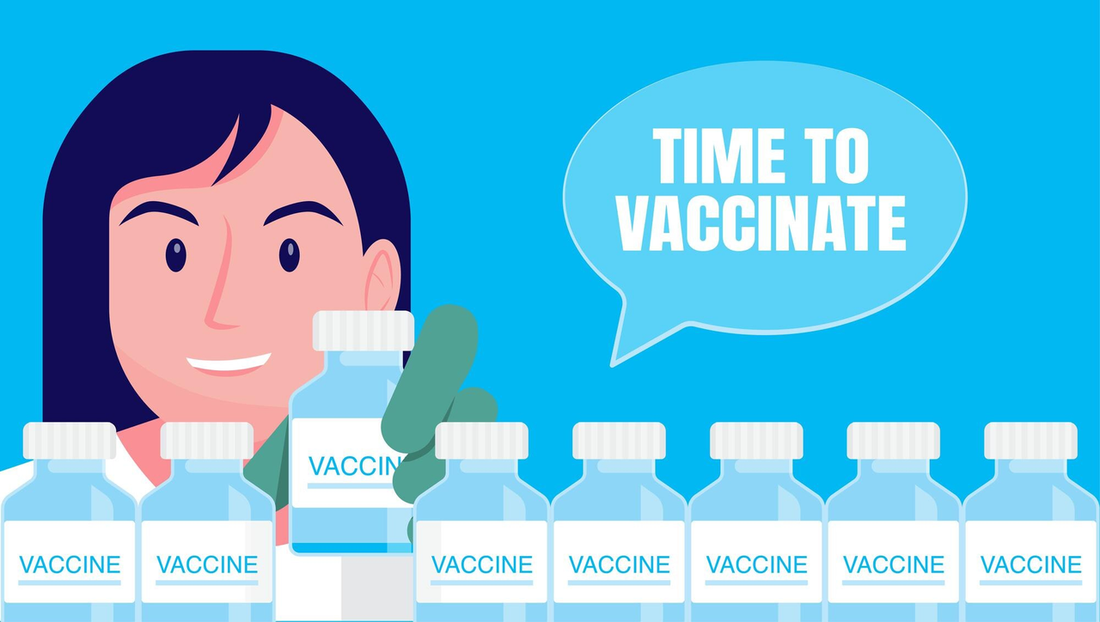Vaccines have played a crucial role in controlling and eliminating life-threatening diseases. However, despite their proven effectiveness, various myths continue to circulate, leading to confusion and fear. Here, we address and debunk the top five myths about vaccines to help you understand their true impact on public health.
1. Myth: Vaccines Cause Autism
Fact: No Scientific Evidence Links Vaccines to Autism:
This myth originated from a 1998 study that has since been thoroughly discredited and retracted. Numerous studies conducted by reputable organizations, including the CDC and WHO, have found no link between vaccines and autism. Vaccines undergo rigorous testing to ensure their safety and efficacy.
Understanding the Origin:
The initial study that sparked this myth involved a small sample size and was based on flawed research methods. The lead author lost his medical license, and the study's findings have been debunked by extensive research.
2. Myth: Natural Immunity is Better Than Vaccine-Induced Immunity
Fact: Vaccines Provide Safe and Effective Immunity:
While natural immunity can offer protection, it often comes with the risk of severe illness and complications. Vaccines, on the other hand, provide immunity without the dangers associated with contracting the actual disease. For example, getting measles can lead to pneumonia, brain damage, or even death, whereas the measles vaccine safely confers immunity.
Comparing Immunity:
Natural infection can result in stronger immunity in some cases, but the risks far outweigh the benefits. Vaccines are designed to mimic natural infection and stimulate the immune system without causing the disease.
3. Myth: Vaccines Contain Harmful Toxins
Fact: Ingredients in Vaccines are Safe:
Vaccines contain ingredients in very small, safe amounts to enhance their effectiveness. These include preservatives, adjuvants, and stabilizers, all of which are thoroughly tested for safety. For example, thimerosal, a mercury-containing compound, was removed or reduced to trace amounts in childhood vaccines over two decades ago and was never found to be harmful in the doses used.
Understanding Vaccine Ingredients:
Common ingredients in vaccines, such as aluminum salts, help boost the body's immune response and are present in amounts much smaller than those we encounter in everyday life through food and water.
4. Myth: Vaccines Are Not Necessary If Disease Rates are Low
Fact: Vaccines Prevent the Re-emergence of Diseases:
Low disease rates are a direct result of widespread vaccination. Stopping vaccination can lead to outbreaks of previously controlled diseases. For instance, the resurgence of measles in various parts of the world is directly linked to declining vaccination rates.
The Importance of Herd Immunity:
Herd immunity protects those who cannot be vaccinated, such as infants and individuals with weakened immune systems. Maintaining high vaccination rates is crucial to preventing outbreaks and protecting public health.
5. Myth: Too Many Vaccines Can Overload the Immune System
Fact: The Immune System Can Handle Multiple Vaccines:
The immune system is exposed to numerous antigens daily. Vaccines contain only a fraction of the antigens our immune system encounters regularly. Studies show that receiving multiple vaccines simultaneously does not weaken the immune system but rather prepares it to fight multiple diseases.
The Science Behind Vaccine Schedules:
Vaccine schedules are carefully designed to optimize protection and minimize risk. They are based on extensive research and are continually monitored and updated as new data becomes available.




